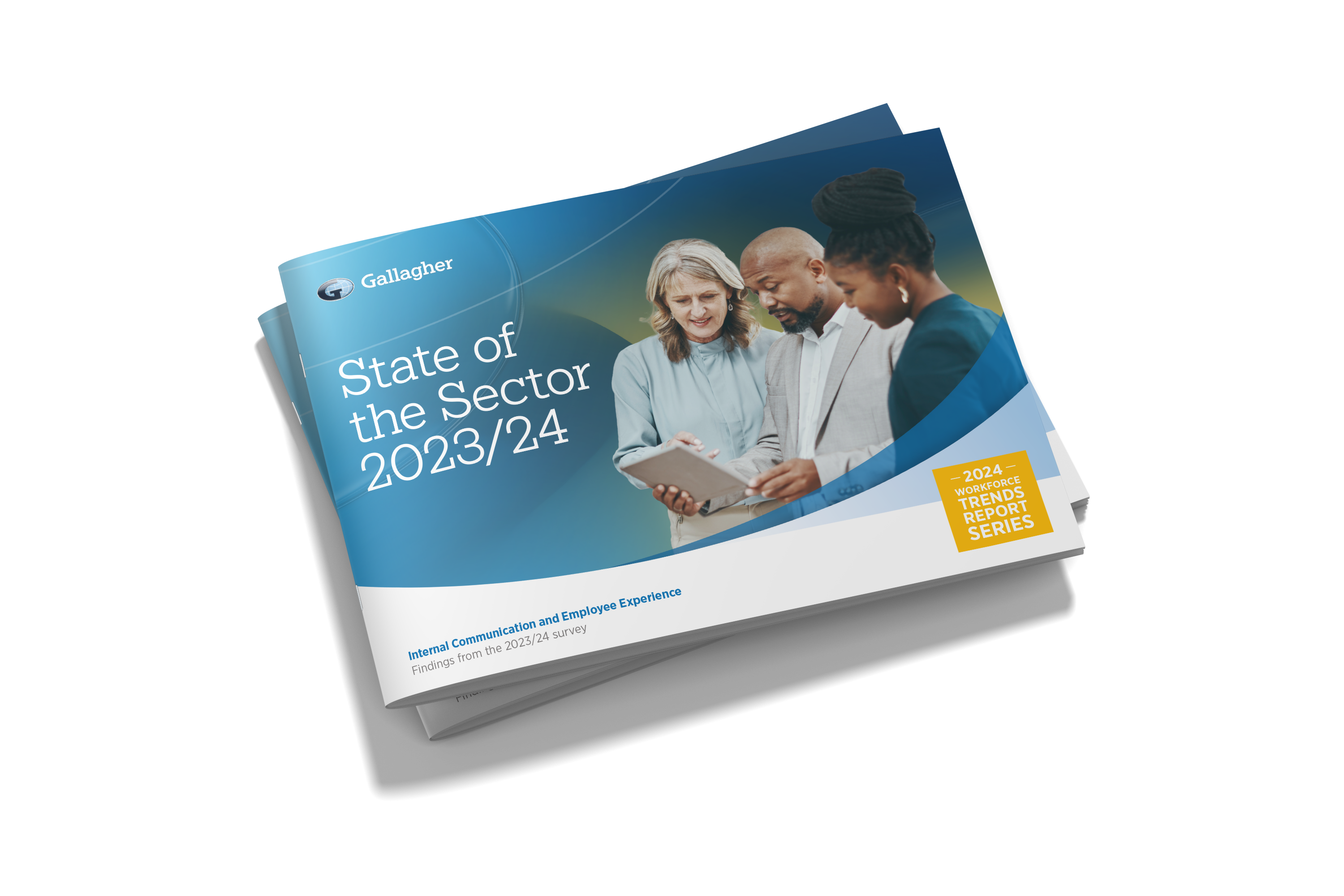There's no denying that the last two years have been difficult for everyone. Employees, in particular, have found themselves having to negotiate a new work-life balance while battling often challenging new ways of working.
And with mental health suffering en masse, these unprecedented circumstances have led to a career rethink for many — so it's no great shock that 37% of respondents in this year's State of the Sector report named 'disengaged employees' as the number-one challenge facing internal communication teams for 2022.
But this isn't just about employees struggling to adapt to long periods of wholesale change. This is about people reprioritizing what's important to them — health and wellbeing, being closer to family, minimizing work-related stress, greater flexibility...

Great expectations
The fact is, employees now have ‘non-negotiable’ expectations. If their current employer can meet these, great; if not, there’s a new-found confidence that they’ll be able to find it elsewhere.
If your organization is experiencing vertigo-inducing levels of staff turnover due to an unexpected surge in people jumping ship, it’s likely that your business has fallen victim to the dreaded Great Resignation that everyone’s talking about.
So what’s gone wrong? How come, when we consider everything we’ve discovered throughout the pandemic and everything that the customer experience world has been teaching us for the past decade, many of us are still not quite managing to create the employee experience that our people – our most important asset – really deserve.
Changing perspectives
In recent years, the term ‘employee engagement’ seemed to have been dropped like a hot potato. And while most seemed happy to simply move on and embrace ‘employee experience’ as the latest buzzword, I felt deeply sad (and angry) about this.
So imagine my delight to see it back in the internal communication lexicon this year. Because despite it being in focus for 50 years – and despite organizations investing countless billions to solve the workplace crisis – employee engagement at work has, on the whole, been declining year-on-year for some time.
Why? Simple. We’ve been looking at the problem through the wrong end of the periscope.
Heart and soul
For too long we fixated on why people weren’t engaged, all the while failing to see that it was because the experiences we were creating were fundamentally flawed.
Mountains of research and lots of clever people later, there’s now a broad recognition that how ‘engaged’ people feel at work is a direct consequence of the experience they have while they are there.
A sharp rise in employee experience apps and technology followed frighteningly fast since the term become mainstream; but, because we’re not robots, people’s experiences and engagement levels fluctuate daily (often hourly)—no out-of-the-box quick-fix product is going to mitigate that.



